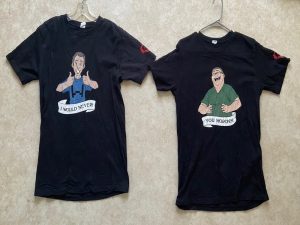
The colorful world of children’s television is often seen as a source of joy, creativity, and innocent entertainment. However, beneath the cheerful characters and catchy theme songs lies a complex web of commercialization that has quietly infiltrated young minds. Kids’ TV shows are no longer just about storytelling or moral lessons; they have become powerful vehicles for selling merchandise. From action figures to lunchboxes and clothing lines, these products are strategically designed to capitalize on the emotional connection children form with their favorite characters.
The integration of merchandise into kids’ programming is not accidental. Many shows are developed with merchandising opportunities in mind right from their inception. Bright colors, engaging storylines, and memorable catchphrases are crafted to make characters more marketable. Once a show gains popularity, its reach extends far beyond the screen—into toy stores, retail outlets, and even fast-food chains offering themed promotions. This seamless blending of entertainment and commerce creates an ecosystem where children are subtly encouraged to equate happiness or belonging with owning branded products.
Parents often find themselves caught in this cycle as well. The relentless advertising that accompanies kids’ programming places pressure on families to purchase items associated with beloved shows. Children may feel left out if they don’t own the latest toy or accessory tied to their favorite series—a sentiment advertisers exploit by creating limited-edition products or exclusive tie-ins that heighten urgency.
While it’s easy to dismiss this as harmless fun, the implications run deeper than simple consumerism. The constant exposure to branded merchandise can shape children’s values and priorities at an impressionable age. It encourages materialism over creativity and fosters a culture where self-worth is measured through possessions rather than experiences or relationships.
Moreover, the ethical concerns surrounding this practice cannot be ignored. Many parents remain unaware of how deeply intertwined marketing strategies are with children’s content creation because these tactics operate subtly yet effectively within Quiet On Set The Dark Side Of Kids Tv shop storytelling and character development.
To address these issues responsibly requires vigilance from both parents and regulators alike. Parents should engage critically with what their children consume—not just on-screen but off-screen as well—and foster conversations about distinguishing between needs versus wants. Meanwhile, stricter regulations could help mitigate exploitative practices by ensuring transparency in how media companies target younger audiences.
Ultimately, while kids’ TV merchandise may seem like harmless fun at first glance, understanding its broader impact reveals why awareness is essential in navigating this commercialized landscape responsibly.






